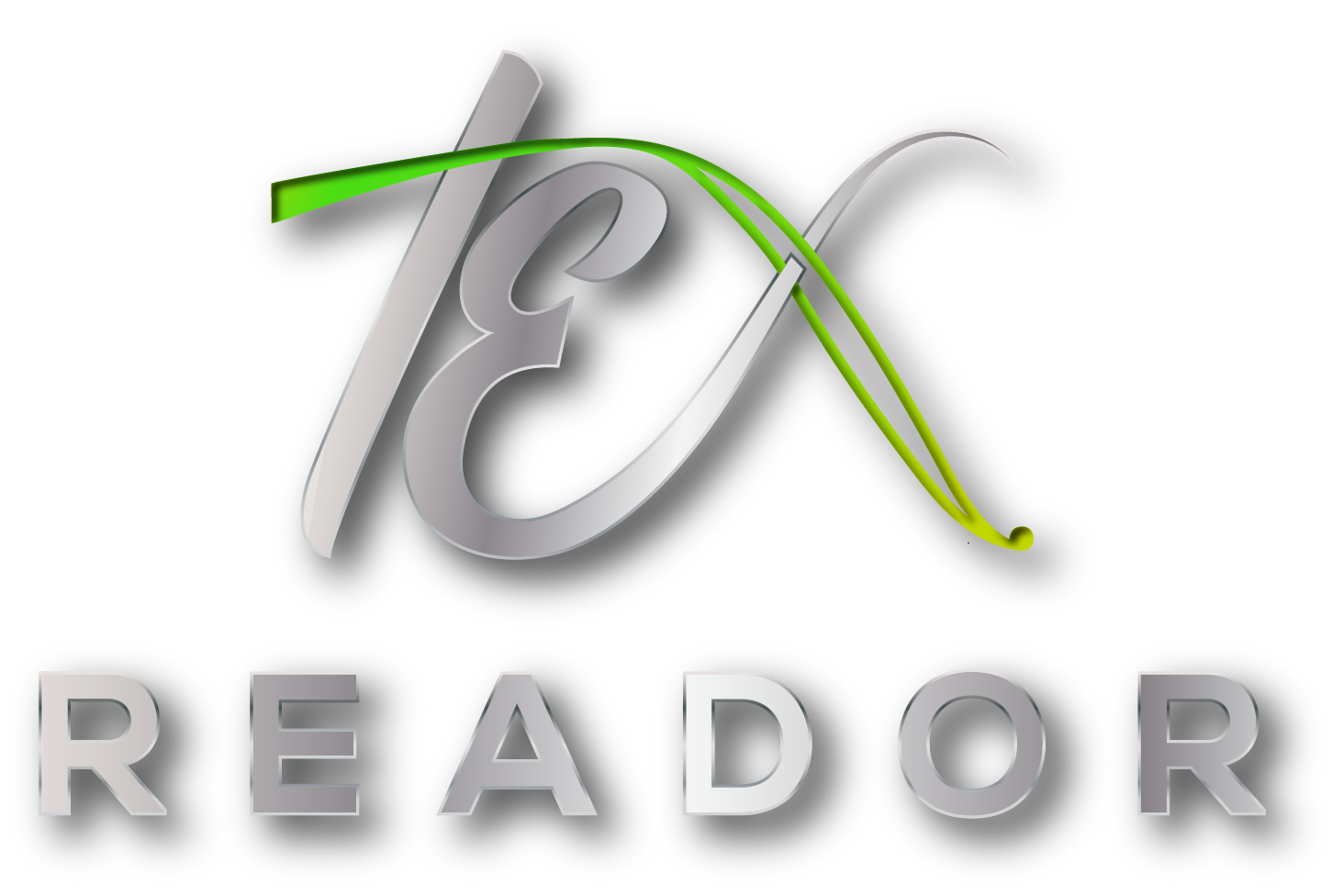Milk velvet is a new type of animal protein fiber that is different from natural fibers, regenerated fibers and synthetic fibers. People also call it milk silk or milk fiber.
Milk protein fiber uses milk as the basic raw material. After dehydration, deoiling, defatting, separation and purification, it becomes a casein protein with a linear macromolecular structure; it is then blended with polyacrylonitrile using high-tech means. Cross-linking, grafting, and preparing the spinning solution; finally, it is formed by wet spinning, solidification, drafting, drying, crimping, shaping, and short fiber cutting.

Advantages and Disadvantages of Milk Velvet
Advantage:
①Softness and skin-friendliness are equal to or better than cashmere.
②Milk fleece has good thermal conductivity, and the sweat produced by the human body can be quickly discharged from the body.
③Milk velvet has excellent wear resistance, pilling resistance, colorability and toughness.
④Because milk protein contains amino acids, the skin will not reject this fabric, which is equivalent to a layer of human skin and has a protective effect on the skin.
Disadvantage:
The raw materials of milk velvet fabrics come from animal milk, so the raw materials are very precious. Pure milk velvet is very expensive, and it is easy to buy fakes.

How to clean milk velvet series bedding?
1. Keep the suede surface dry, apply special laundry detergent for hand washing directly to the stained area, and let it sit for 5 minutes.
2. Before washing, check the washing label on the kit to see if it can be washed, put it in water with laundry detergent, and knead it gently.
3. After the stains are removed, rinse the set thoroughly with clean water and place it in a ventilated place to dry.

